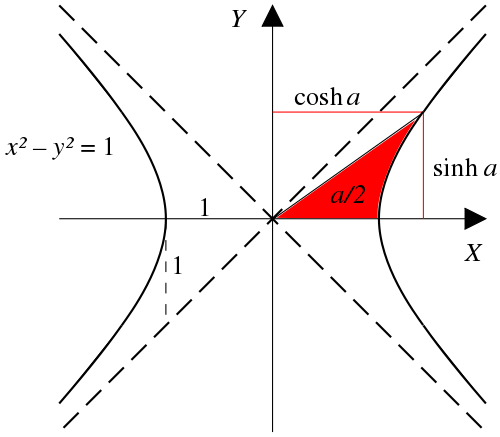SweatingBear
- 119
- 0
Hello forum. In my studies of hyperbolic functions, I stumbled upon this guy
$$\ln \left( x - \sqrt{1 + x^2 } \right) \, .$$
Trying different values for $$x$$ in my head, I confidently concluded that this function does not have any outputs in the real numbers. I attempted to plot it in Maple but Maple showed me a blank coordinate system (expectedly). However, this is what WolframAlpha outputs.
It looks like a flipped hyperbolic sine, but is WolframAlpha even displaying correctly to begin with?
$$\ln \left( x - \sqrt{1 + x^2 } \right) \, .$$
Trying different values for $$x$$ in my head, I confidently concluded that this function does not have any outputs in the real numbers. I attempted to plot it in Maple but Maple showed me a blank coordinate system (expectedly). However, this is what WolframAlpha outputs.
It looks like a flipped hyperbolic sine, but is WolframAlpha even displaying correctly to begin with?
